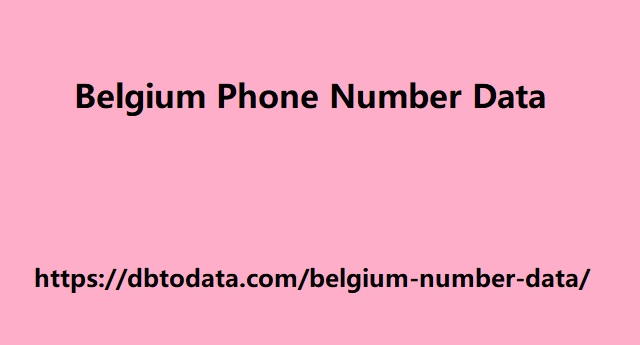- 註冊時間
- 2024-3-5
- 最後登錄
- 2024-3-5
- 閱讀權限
- 10
- 積分
- 5
- 精華
- 0
- 帖子
- 1

|
Therefore, query syntax refers to how the query pattern is structured. If there are queries with similar syntax that your website doesn't rank for, it's an opportunity to build new functionality to address them. The point is not to look for keywords with high search volume. It's about finding query patterns and templates that can be applied to thousands of searches that result in large amounts of traffic. Let's take a few examples. Let's say a YouTube user searches for "[movie name] English subtitles" on Google. This indicates that this user wants to watch the movie with English subtitles. This is an opportunity for YouTube to develop a feature that automatically displays English subtitles. You could make this feature search-friendly by including a transcript or additional content on the page.
For example, suppose you discover that the search volume for the query pattern "[company name] investors" is high. This is an opportunity for websites like Crunchbase to develop features on their pages (if available) that allow users to see information about investors in an Belgium Phone Number Data company. In the case of the keyword "[industry] report template," this could be an opportunity for a company like Google to create industry-specific templates for Google Studio. In either case, the more you address the identified demand, the more traffic you'll get (and the happier your customers will be, of course). To do this, a method is needed to modify traditional keyword research to find queries with a common syntax.

Here, we will introduce five methods. How to discover queries with common syntax 1. Competitive analysis Use features like Ahrefs' Content Gap and SEMrush's Keyword Gap to discover keywords that your competitors' websites are ranking for, but yours isn't. *Note: The link was broken, so I am linking to a different destination than the main text. Image comment: Ahrefs “Content Gap” tool Just like looking for new keywords, you should identify patterns in your queries, but be aware that they have the same syntax as scale. The easiest way is to look for long-tail keywords. Therefore, set the number of words to at least 3.
|
|